Asteroid 2017 GM is one of the 10 closest asteroids known so far to sweep past Earth, and then keep going. At its closest, it was less than 1/20th of the moon's mean distance.
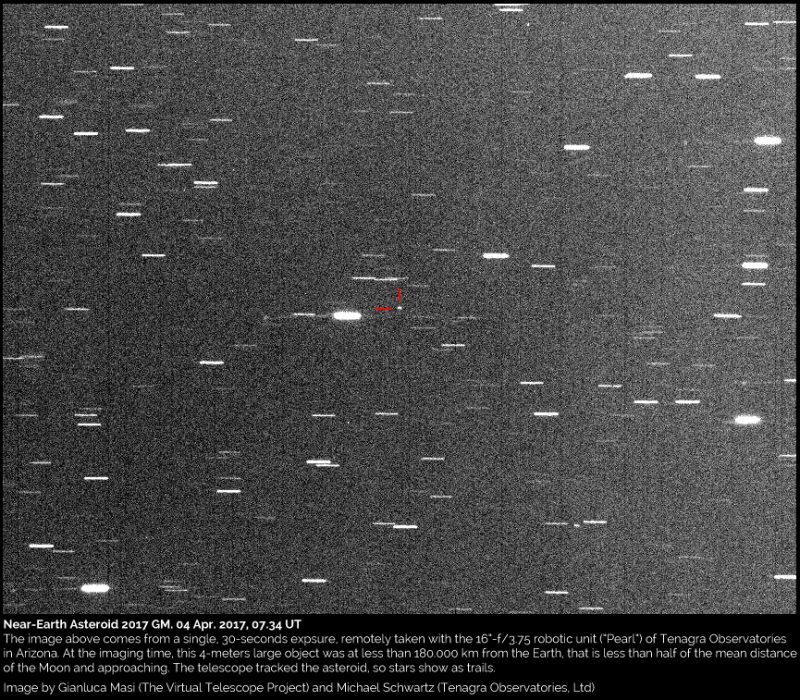
© EarthSky OrgImage of asteroid 2017 GM, captured this morning (April 4, 2017), while the asteroid was approaching its closest point to Earth. Taken by Gianluca Masi and Michael Schwartz, as part of a cooperation between Tenagra Observatories, Ltd., in Arizona and the Virtual Telescope Project in Italy.
The near-Earth asteroid 2017 GM was
discovered by the Mt. Lemmon Survey in Arizona (USA) on April 3, 2017, and, just a few hours later - midday April 4 in Europe, early in the day April 4 for the Americas - it safely came as close as within 10,000 miles of Earth (16,000 km, about 0.04 lunar distances).
Our observations helped in determining its orbit.
We captured 2017 GM while it was safely approaching us. For this, we remotely used a telescope in Arizona, made available to the Virtual Telescope by Tenagra Observatories, Ltd. Above is an image coming from a single 30-seconds exposure, unfiltered, taken with the 16?-f/3.75 Tenagra III ("Pearl") unit. The robotic mount tracked the fast apparent motion (150?/minute) of the asteroid, so stars are trailing. The asteroid is perfectly tracked: it is the sharp dot in the center, marked by two red lines.
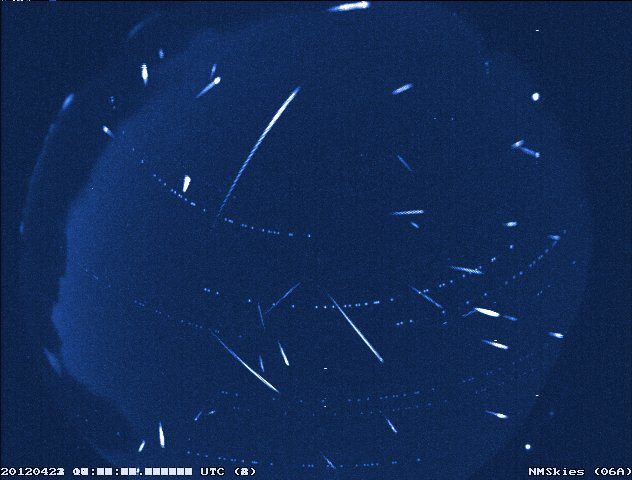
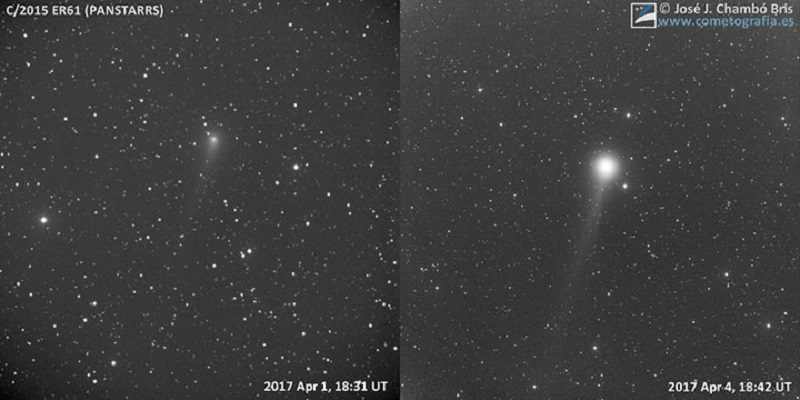

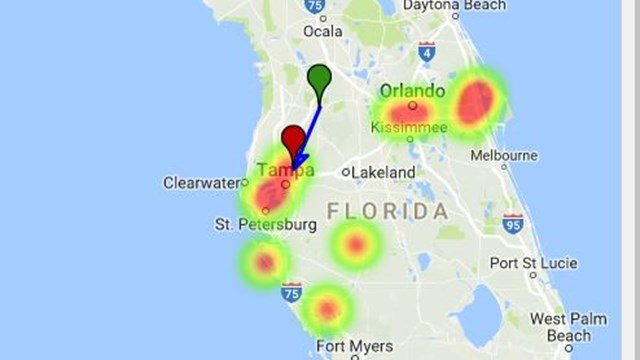
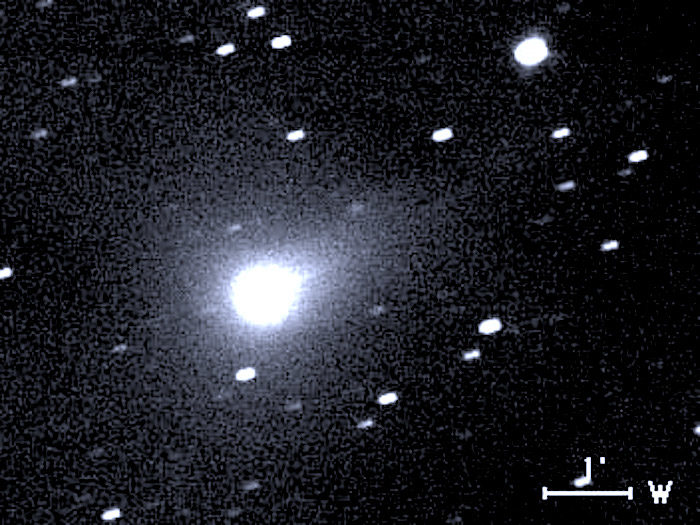
Comment: The American Meteor Society (AMS) received 518 reports about a fireball seen over AZ, CA, Baja California, MA, NV and NM on Tuesday, April 11th 2017 around 04:00 UT.